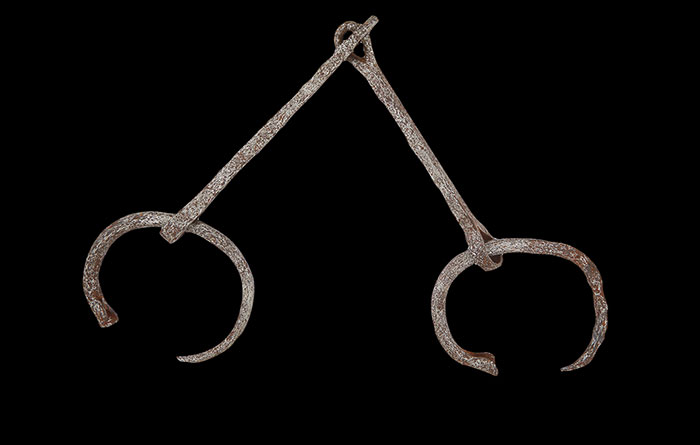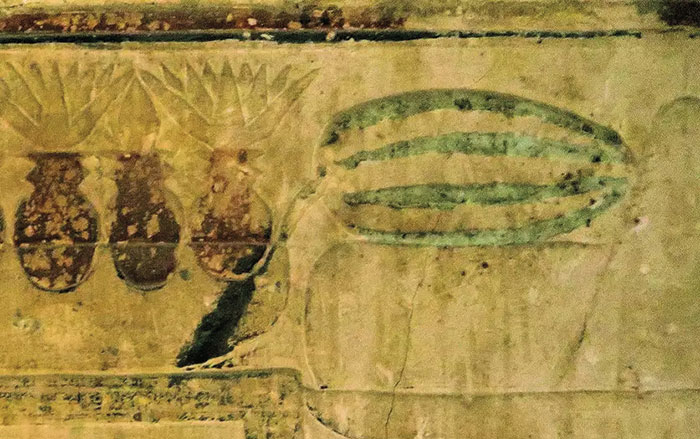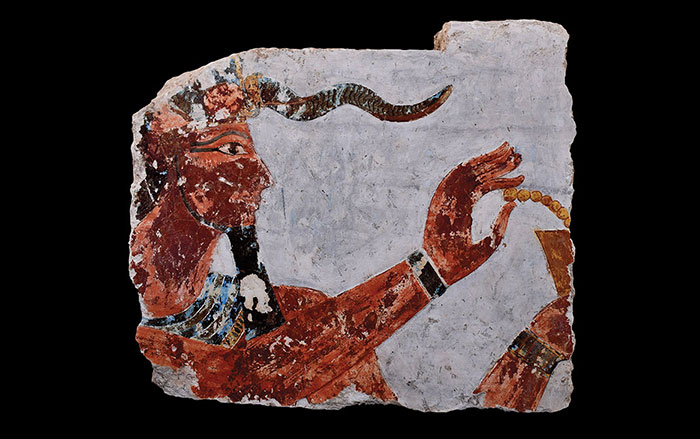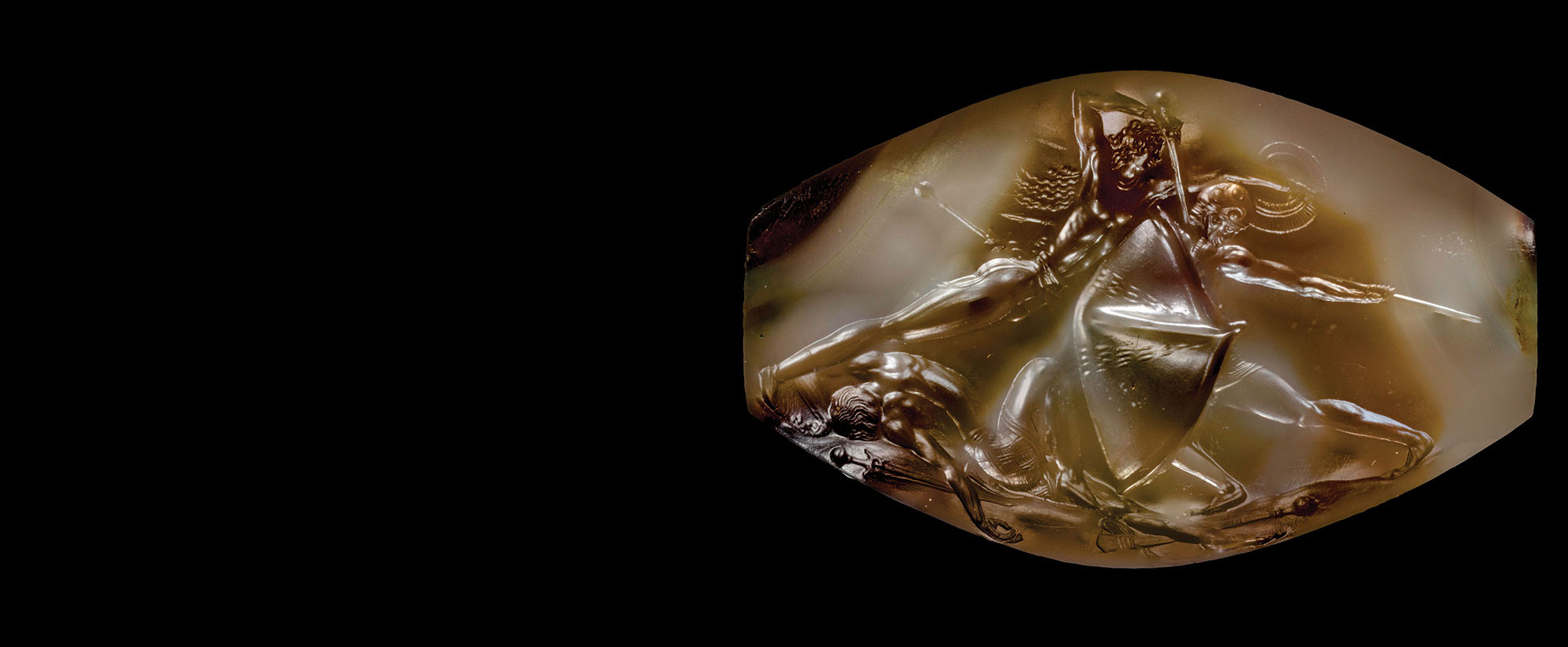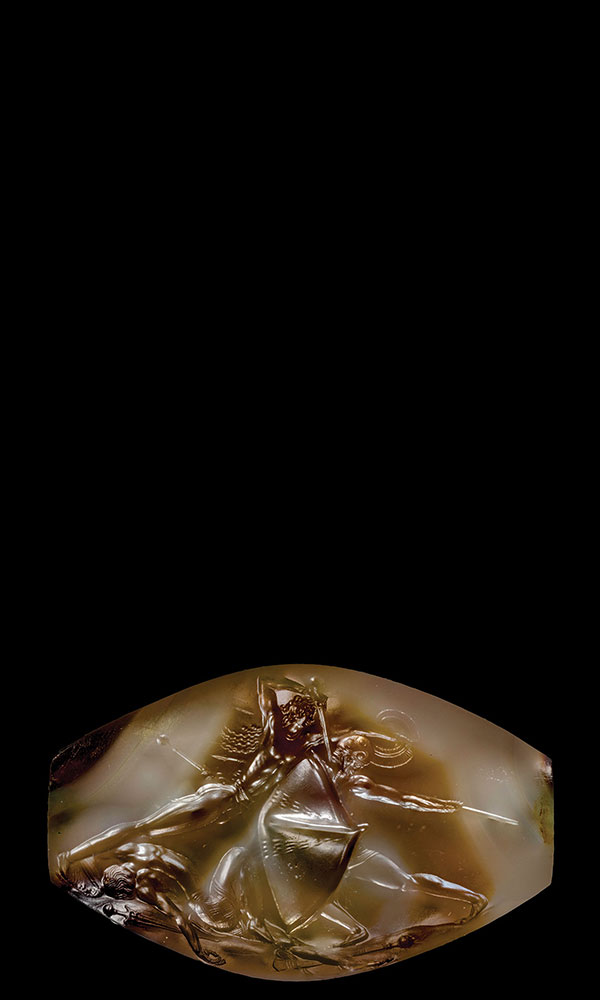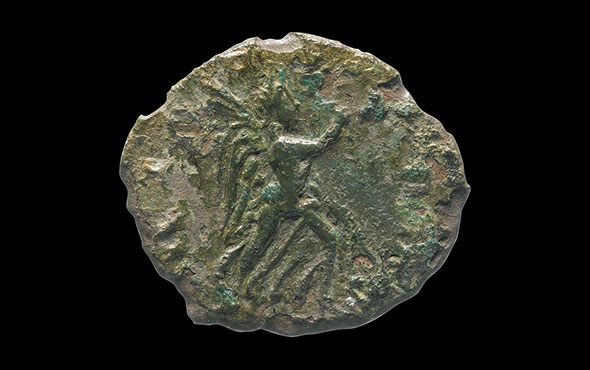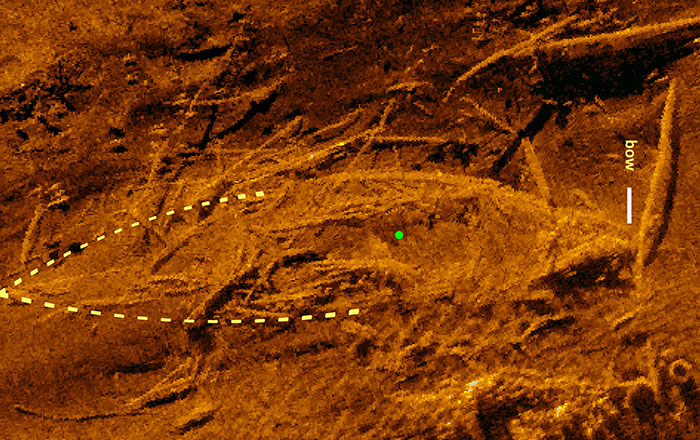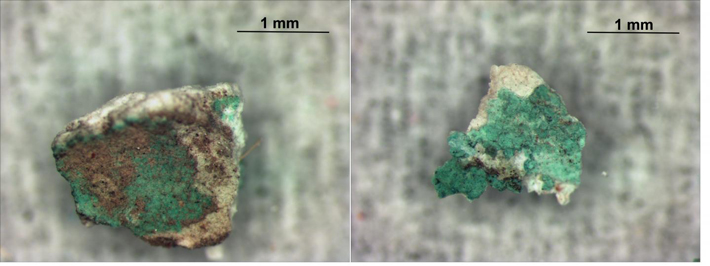
ODENSE, DENMARK—Chemist Kaare Lund Rasmussen of the University of Southern Denmark and an international team of researchers analyzed paint samples taken from a column capital in the ancient Egyptian palace of King Apries, who ruled from 589 to 570 B.C. The team members identified two naturally occurring mineral pigments whose use had previously been unknown in ancient Egypt. Lead-tin yellow was thought to have been first used by European painters in A.D. 1300, while the first use of lead-antimonate yellow was thought to date to A.D. 1600. Other pigments in the ancient Egyptian paint included white calcite and gypsum; synthetic Egyptian blue pigment, invented in the third millennium B.C.; green atacamite; red hematite; and golden yellow orpiment. Maria Perla Colombini of the University of Pisa and her colleagues also detected traces of rubber and animal glue in the paint, which were used as binders. For more on color in Egyptian art, go to "From Egyptian Blue to Infrared."


